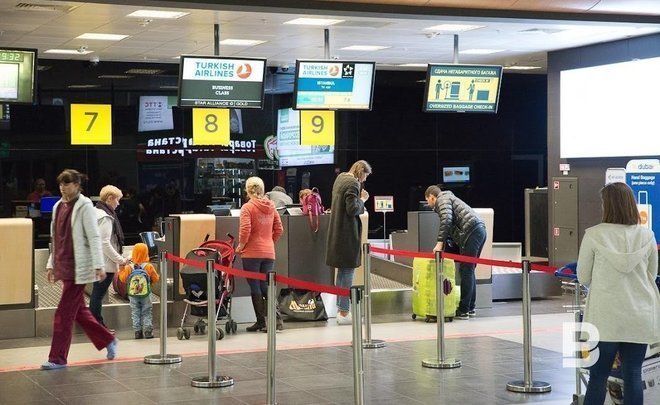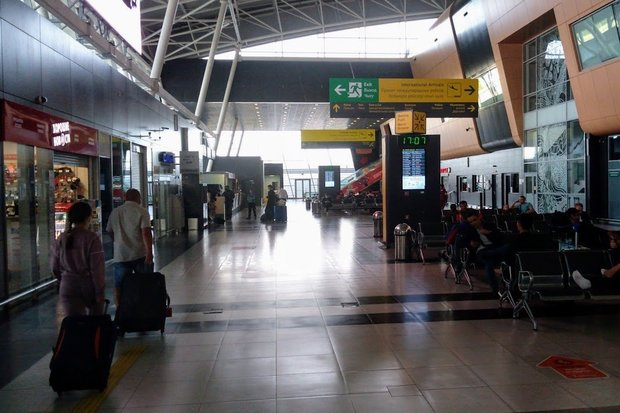Smoking cabin to return to Kazan airport, only for international flights

Smoking area will appear only in one lounge
A smoking lounge that was removed more than eight years ago because of tighter anti-tobacco law will return to the Gabdulla Tukay International Airport of Kazan. It will appear again in the waiting lounge for international flights on the second floor. 869,200 rubles are going to be spent to supply it via a tender, Realnoe Vremya has found out.
A smoking cabin 3,5 metres wide and 2 metres high must accommodate at least 12 people at once. It will be made of tempered glass and be covered with aluminium composite panels or their analogue. According to its terms of reference, the cabin will operate when smoking and for 10 minutes after that.
Of course, the cabin will have a filtration system. It includes the following filters: a coarse mesh filter, non-woven fire-resistant filter, electrostatic, hybrid carbon filter with chemical granules. Air change will be 1,800 cubic metres an hour.
Head of the airport’s press service Adel Gataullin explained to Realnoe Vremya that the cabin was planned to be placed only in the waiting lounge of international flights. He promised to say later when it would appear.
But we will note here that according to the tender, the cabin must be delivered and assembled within 45 days after the signing of the agreement. The guarantee term is at least 12 months since the installation.

The cancellation of the ban on smoking areas at airports is explained as care about non-smokers’ health
The smoking cabin was removed from the Kazan airport as early as June 2013 after an anti-tobacco law banning smoking in public places — on the territory of medical, educational, cultural and sports institutions, in public transport, workplaces and lifts — came into force. A year later, smoking was prohibited in trains, residence halls, hotels, shops, cafes and restaurants.
A return of smoking cabins at airports was considered in November 2017. Deputy Sergey Boyarsky was the author of the initiative. He indicated that employees of airports and line offices of internal affairs couldn’t always control the compliance with the ban and cited a survey of the All-Russian Public Opinion Research Centre in 2016 reading that about a third of smokers anyway smoked in public places. Boyarsky explained the initiative saying it cared about non-smokers’ health — the ban led to smoking in WC, while people who don’t have this bad habit have to breathe the smoke.
“A sterile zone after inspection is such a place where it is impossible to smoke legally. But there are transit passengers, delays, in the end we push them into violating the rules when people have to smoke in the WC. We want to do our best but went too far,” the deputy claimed in 2017.
Boyarsky’s bill was considered just nearly two years later: the State Duma adopted it at the first hearing in July 2019, at the second and third hearings in December. After the document was approved by the Federation Council on 28 December, Russian President Vladimir Putin signed it. So the anti-tobacco law was added a clause permitting smoking in “deliberately isolated areas equipped with ventilation systems at airports in the areas designed for checked-in passengers, airport workers and airlines.”
Sheremetyevo airport in Moscow and Koltsovo in Yekaterinburg were the first to return the smoking cabins, they did it in January 2020. A year and a half later, they appeared at Vnukovo.